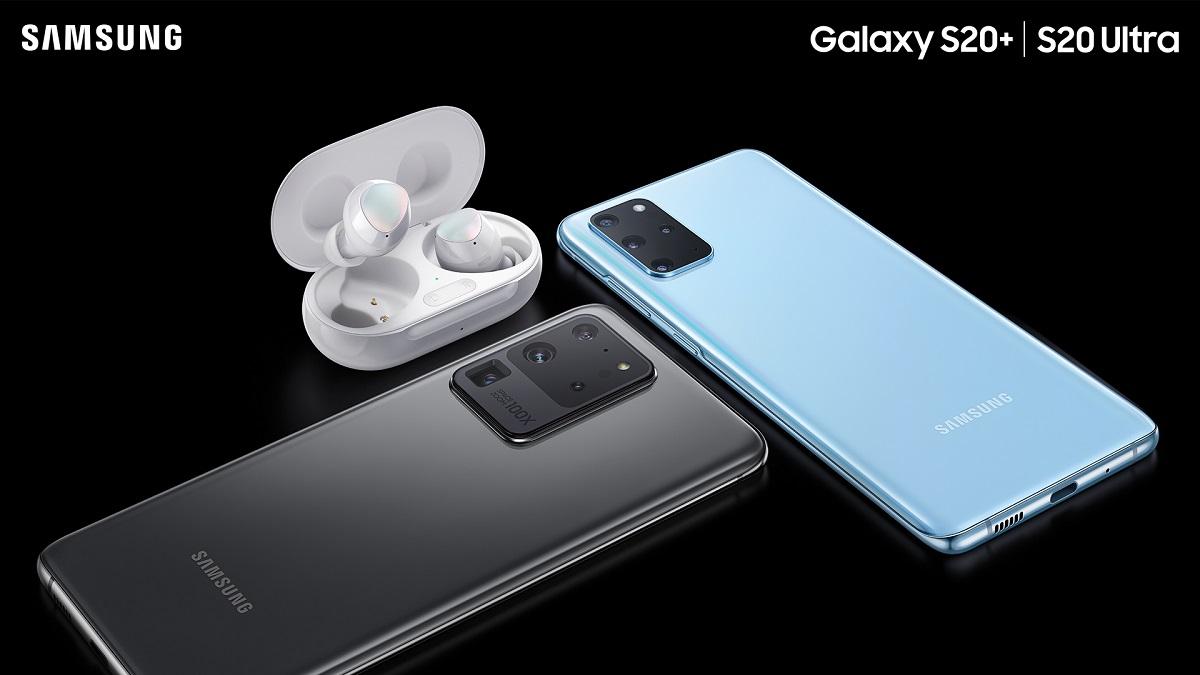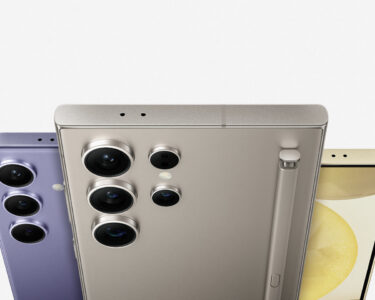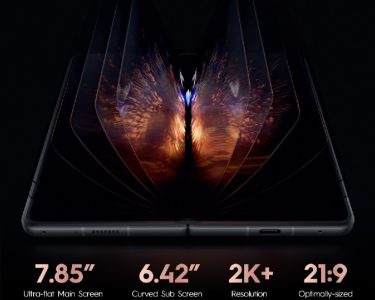Smartphones are getting more and more crazier as the years progress. There are now smartphones that have more RAMs than what is present in laptops, as well as better camera technologies than we have ever seen in such small handheld devices. Indeed it would not be too wrong to say that smartphones are in fact reaching peaks, not only in specs, but also in price. But then the question arises, are the peaks that smartphones constantly seem to summit towards being demanded. Sustainability takes a turn as we move towards the idea of $2000 smartphones.
Not too long ago, it felt as if Apple was at the front of expensive devices – in particular, its flagship in the iPhone demanded a high price – a price that other competitors were not willing to match. Because of the high prices as well as the high success that Apple cemented as a company, it became the very first smartphone maker in the world to reach the heights that were pertained to be there for a trillion dollar company. But now though, with the introduction of the Apple iPhone SE and the high priced smartphones that Samsung is making, it seems as if the tide is turning.
Indeed Samsung has been known to make its move in the smartphone market year in year out. Doing this, the company made sure that success followed through, and it did when the Korean manufacturer was announced as the world’s biggest smartphone company. It still is the world’s biggest smartphone name, and is slowly marching towards the $2000 smartphone. While granted the Galaxy Fold was the first in line as far as technology goes and this was perhaps the reason why it was priced so highly, the Galaxy S20 Ultra too isn’t far off. And again, coming back to the point of Apple launching a $400 device just a little while ago – we can’t help but ask the question : are super expensive smartphones even worth it?
Must Read: Redmi K30i spotted
Having your very own opinion of course, there is one thing I’m sure we all can agree on – technology and microprocessors in particular have resulted in a massive trickle down effect being there in the marketplace – such being the nature of both commoditization and innovation. Due to the fact that there was increased demand for advanced components within smartphones, we saw economies of scale driving the cost of such components as well as processes to accompany necessarily downwards. And of course as the industry has found out time and time again – as new technology is introduced, older tech becomes more and more less competitive which results in massive amounts of devaluation. Due to this, smartphones these days that cost sub-$200 would be considered the very best just 4-5 years ago – even as far as running circles around the $700 smartphones that were available at that time.
However, in the last two or three years, we have been witnessing an exponential rise in the prices of smartphones. When Samsung did announce that its 2020 flagship in the Galaxy S20 Ultra would demand a $1400 price tag, many were left in shock. Of course no one thought that a Samsung flagship with the luxury of 5G would come cheap – but $1400 was just nuts. And much to the dismay of the Korean manufacturer, many reviewers have since said that even with all the premium specs as well as the offer of 5G – the device just isn’t worth $1400.
While of course the Galaxy S20 Ultra is a hefty distance away from the $2000 price tag – after all $600 is quite the amount, last year’s Galaxy Fold did in fact confirm the theory that Samsung is flirting with the idea of $2000 flagships becoming a normality. One would have to imagine that the Galaxy Fold’s successor to be launched this year too will be close to the $2000 price tag – so yes, Samsung is looking towards that.
The questions were certainly posed by consumers when Apple launched the iPhone X : a phone that became the very first to arrive with a $1000 price tag. And with the ever increasing prices that are demanded by manufacturers all around the globe – consumers are going to be asking more and more questions –people constantly trying to ask why their phone even needs ten or 12 gigs of RAM, or even the latest camera technology when their current phone snaps up photos as good as any other.
Reasoning for the price hikes
But then again, why are manufacturers constantly raising prices of smartphones anyways? Well, put it this way : we see consumers now choosing to upgrade their phone less and less frequently as compared to some of the previous years. As a result of this, manufacturers continue to raise prices so that they may reap back the profits of what was once a reliable 2-year replacement cycle. This seems to be an endless loop though because as manufacturers keep on raising the prices so as to reap back the profits, consumers become more and more conservative about replacing their phones.
The mid-rangers
Of course then comes the argument surrounding mid-range smartphones. While just a couple of years we couldn’t find too many options in the mid-range segment of the market, the introduction of more and more Chinese OEMs has made sure that this part of the market too is now saturated to the extent that the drive in innovation is perhaps even more major than what we see within the flagship world – because the competition down there is as intense as it has ever been. Consumers now seem to be enjoying in $300, $400 phones what we used to get in flagships from a couple of years ago, so why even bother spending such extensive amounts that flagships demand?
Even if you’re willing to compare a flagship with a mid-range device that is five or six times as costly, ask yourself this : is it five or six times better? Of course innovation drives the price up, but there seem to be no proportional methods that are considered in this medium.
Conclusion
As you might have concluded for yourself, the recent pattern that has clearly been evident with regards to the smartphone industry clearly indicates that such high prices with regards to flagship devices aren’t sustainable. Even more so, the march towards a $2000 smartphone especially in this day and age when Covd-19 is dominating the world economy is extremely impractical to say the very least. Of course no one can be too sure of the future, but for now, the principle of demand and supply certainly makes headlines as far as the smartphone industry is concerned.




